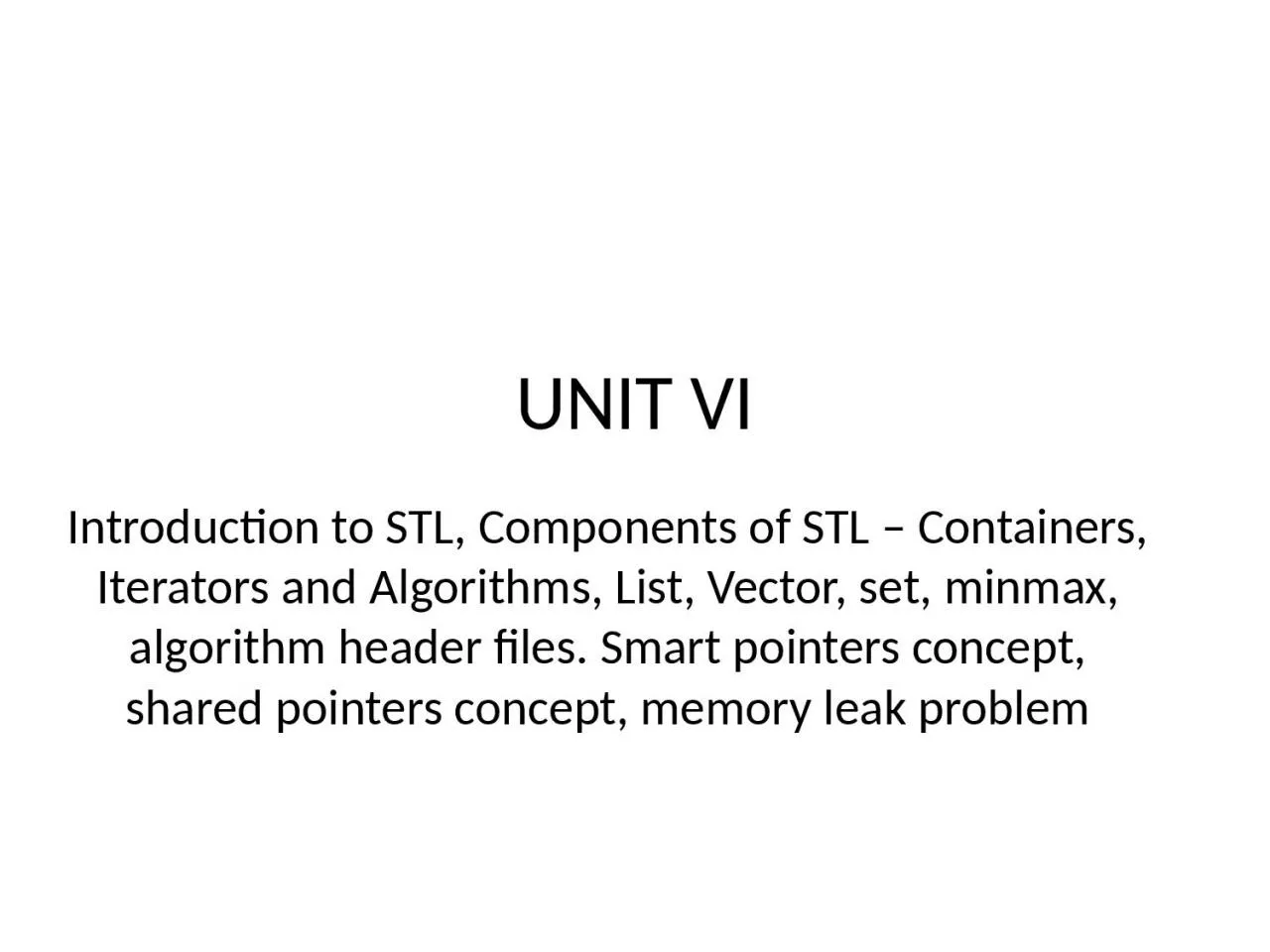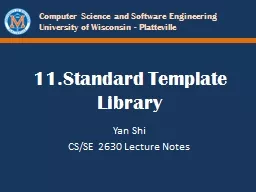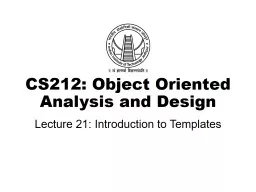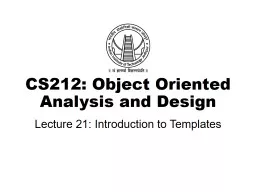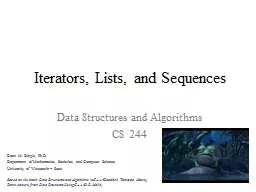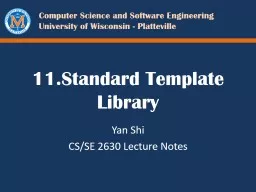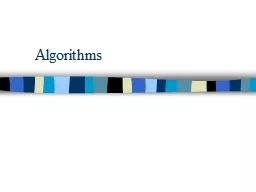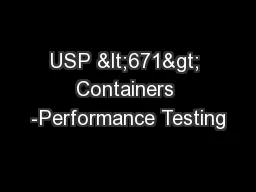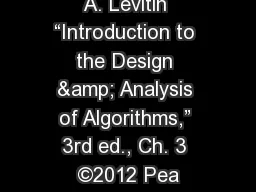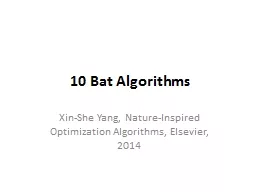PPT-UNIT VI Introduction to STL, Components of STL – Containers, Iterators and Algorithms,
Author : tracy | Published Date : 2023-06-21
minmax algorithm header files Smart pointers concept shared pointers concept memory leak problem STL Standard template library Collection of generic classes and
Presentation Embed Code
Download Presentation
Download Presentation The PPT/PDF document "UNIT VI Introduction to STL, Components ..." is the property of its rightful owner. Permission is granted to download and print the materials on this website for personal, non-commercial use only, and to display it on your personal computer provided you do not modify the materials and that you retain all copyright notices contained in the materials. By downloading content from our website, you accept the terms of this agreement.
UNIT VI Introduction to STL, Components of STL – Containers, Iterators and Algorithms,: Transcript
Download Rules Of Document
"UNIT VI Introduction to STL, Components of STL – Containers, Iterators and Algorithms,"The content belongs to its owner. You may download and print it for personal use, without modification, and keep all copyright notices. By downloading, you agree to these terms.
Related Documents

